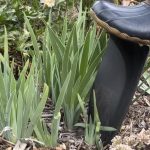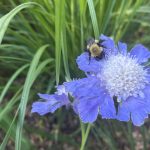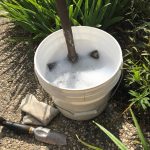Isn’t the warm spring weather lovely?!?!
As spring settles in, the pull to get into our gardens is powerful. Previously, it was thought that the earlier you could get into the garden, the better.
However, a new approach to spring garden cleanup is gaining popularity. It details a more gradual and gentler approach that benefits soil, trees, shrubs, perennials, and, most importantly, pollinators.
This blog will talk about how to care for your garden as the snow melts and three things you can do to help pollinators thrive in the spring.
How to Keep Your Garden Healthy as the Snow Melts
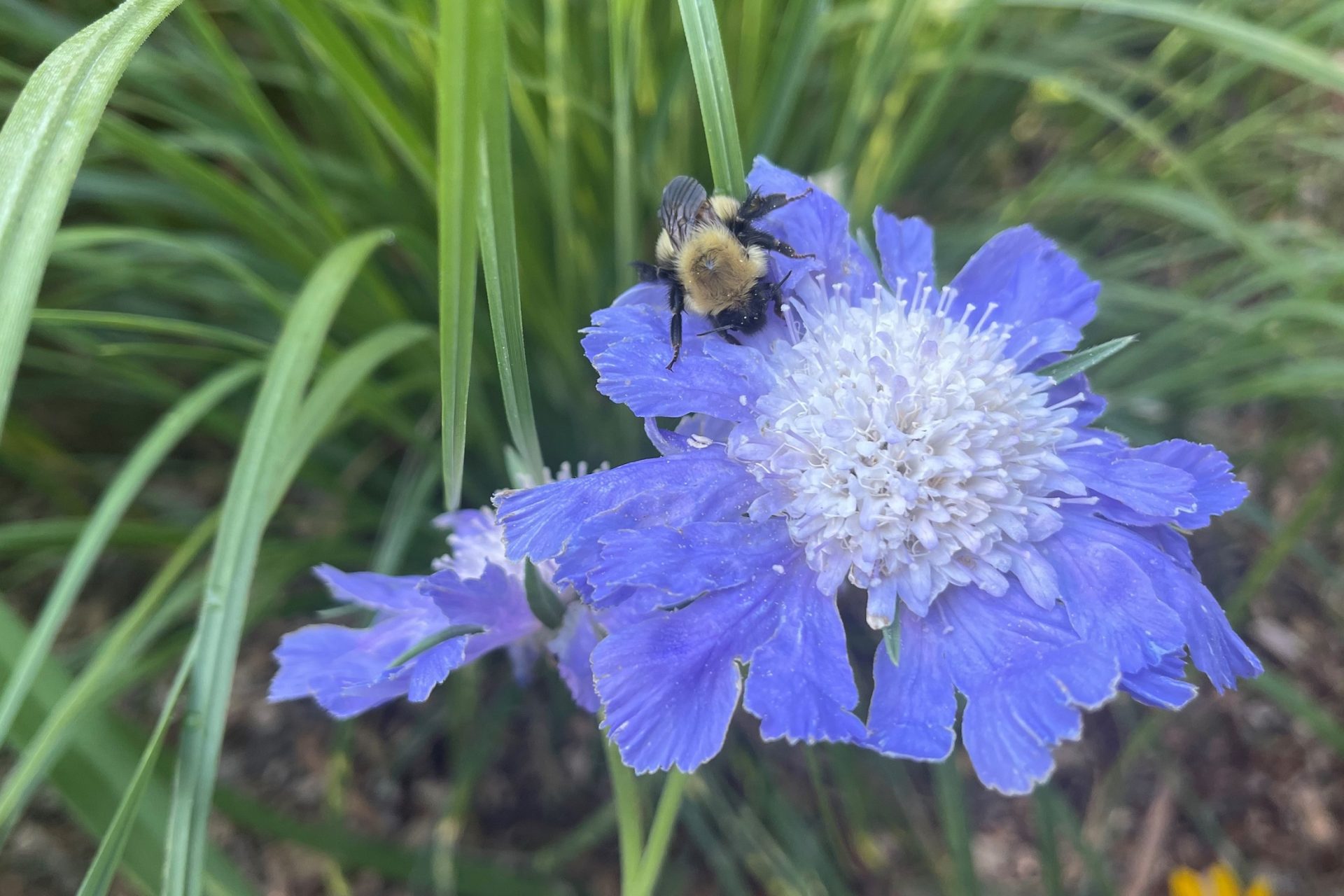
Early spring is a sensitive time for gardens as they absorb moisture from the spring thaw, and if we humans get into the garden too soon, we can compromise its development.
Here are three simple things you can do to keep soil and plants healthy during the first days of spring.
1. Stay out of the Garden While the Soil is Wet
Soil is more than just dirt. Soil is a complex, almost living, structure filled with airspaces and microbes actively interacting so plant metabolism and water movement can occur. It is important to protect the architecture of soil.
How can we do this?
Do your best to avoid walking on soft, wet soil and let it dry down before stepping into your garden, or even your lawn. Soil compacts more easily when it is damp. Compressed soil leads to smaller pore spaces that compromises its capacity to absorb, distribute, retain, and drain water. It also weakens the soil’s ability for metabolic activity.
2. Let your Perennials Emerge Naturally
Perennials enjoy awakening from their long winter’s nap just like we delight in a slow wake up.
Allow your perennials to emerge on their own and avoid digging around the soil with your fingers, this disturbs their crowns and roots.
Sometimes perennials are slow to return from their winter siesta, and there are several reasons:
- Garden location – Cool, shady gardens simply take longer to warm up because they get less sun exposure. Shade gardens often emerge a month later than sunny gardens.
- Perennial age – Perennials each have their own life spans and they can become less rushed to rise as they age.
- Winter conditions – The amount of snow coverage, wind, temperature extremes, and temperature fluctuations can take a toll on perennials. Harsh winters often result in slower spring development, and mild winters lead to earlier growth.
- Pests & Diseases – Both harmful insects and diseases weaken perennial resilience and cause delays in their spring development.
Give perennials until the middle or end of June to come up. Unless you see rotted stems and roots and you know that it is unquestionably dead, there’s still a chance they will emerge later in the season.
Perennials that always take a while to wake up include Clematis, which is a sun loving perennial, and shade garden perennials like Astilbes, Hostas, and Rogersia.
3. Check South Facing Gardens Early

South facing flowerbeds or raised gardens located next to buildings warm up faster than other gardens because of the reflected heat off the warm walls.
Monitor these gardens early in the spring season for moisture as they tend to dry out quicker and sooner than we expect and rehydrate them as needed.
3 Things to Do to Help Pollinators in the Spring
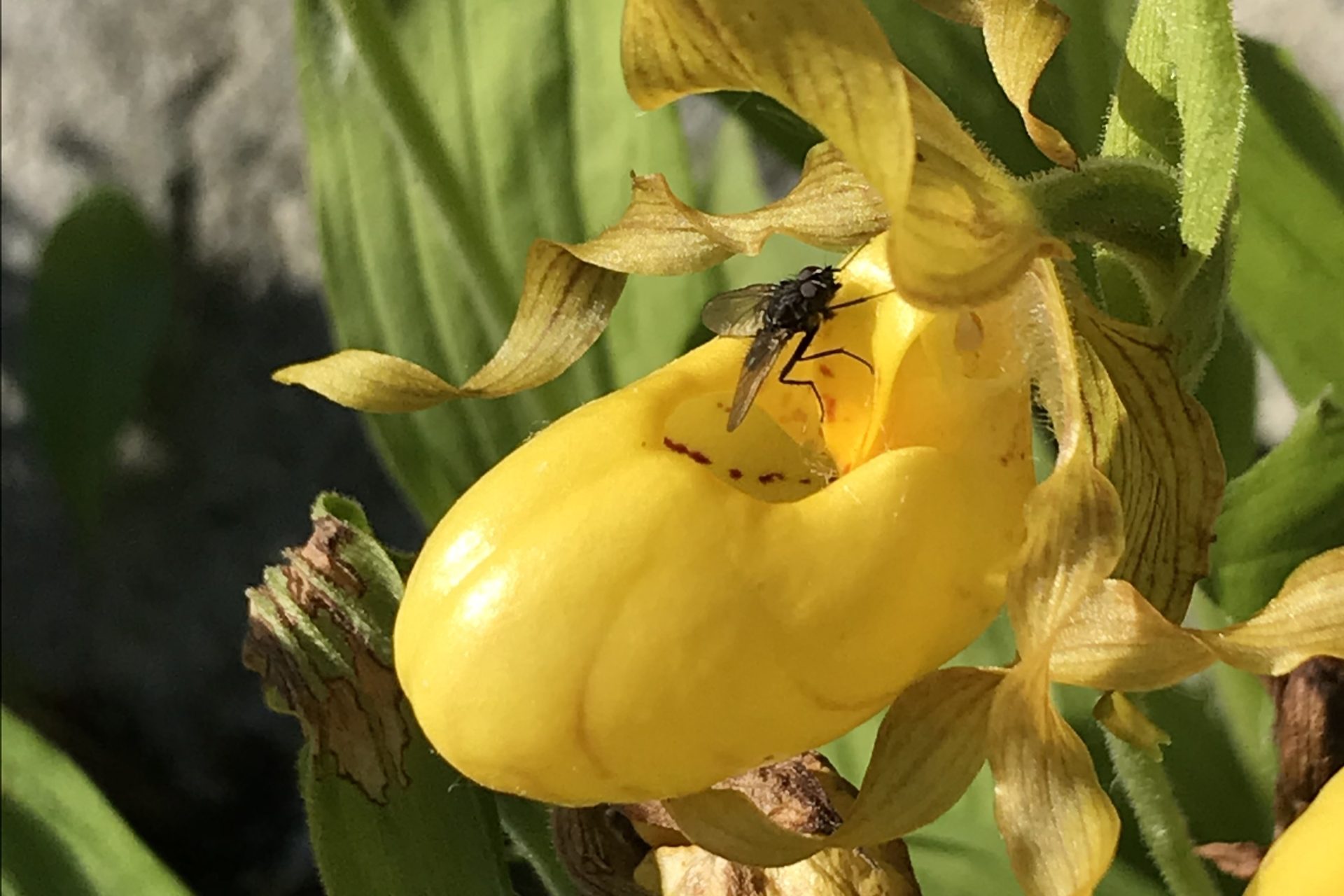
The winter garden is a sanctuary for hibernating pollinators.
Insects are amazing; they can lie dormant through winter at any stage of their development. They overwinter successfully as adults, larvae, pupa, and eggs in secluded places like dead flower stalks, mulch, old wood, and in top layers of soil.
As gardeners, we have become more sensitive to the role we play in our natural world and are always looking for ways to protect beneficial insect populations like native bees and ladybugs.
Research has brought forward some fresh ideas for safeguarding them.
1. Wait a Little Longer to Do Your Spring Cleanup
Instead of cutting everything down and raking up your garden as early as possible, consider staying out of the garden until the weather has warmed up to 10 C (50 F) or higher for at least seven days.
Waiting this out can be challenging for us in zone 3 and 4 as the spring temperatures fluctuate, but this warm weather stretch allows insects to wake up and move from their hiding places before the garden is walked on, cut down, bundled, and sent out for compost.
If you feel that you’d like to get your garden into motion before waiting this out, consider piling old flower stalks in a quiet place to allow any insects to emerge, and then compost or get rid of these stems by mid-June.
2. Mulch a Little Later
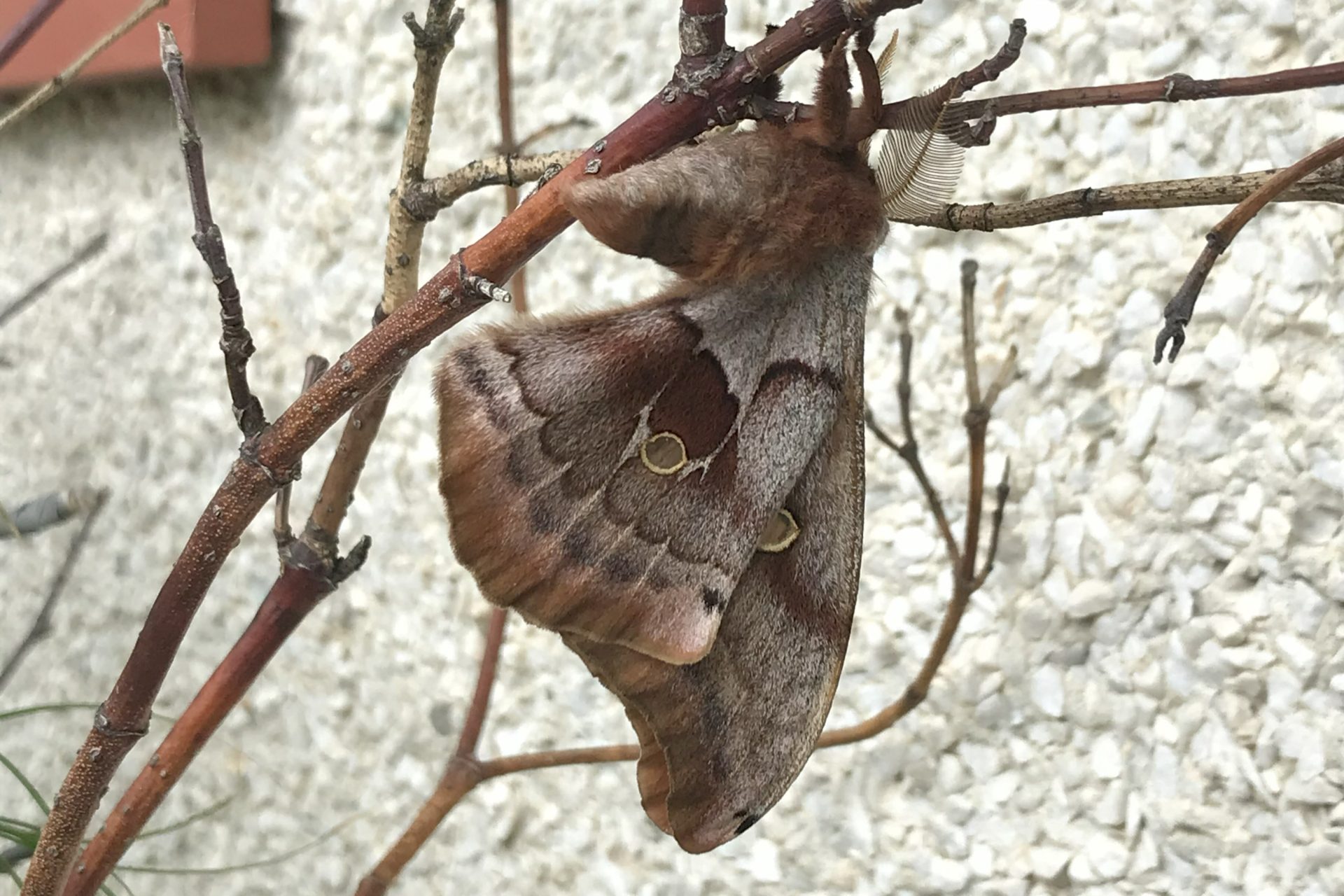
Many insects, such as ladybugs, overwinter in dead leaf material. The longer mulch stays in place, the more beneficial it is for them.
Think about delaying adding garden mulch until mid-June or later and keep the current ground cover intact. This will give mulch dwelling bugs the time they need to wake up and move out.
3. Cut Back Perennials a Little Higher in the Fall
This last tip is a strategy for fall garden cleanup and winter prep. Some insects overwinter in hollow perennial stalks, so leaving them a little more structure to work with will give them a safer place to hibernate.
Instead of cutting back perennials short to 3″ (7 cm), think about leaving more height on the stalks. Longer stems with a length of 6″-8″ (15-20 cm) give pollinators more options and protection.
Conclusion
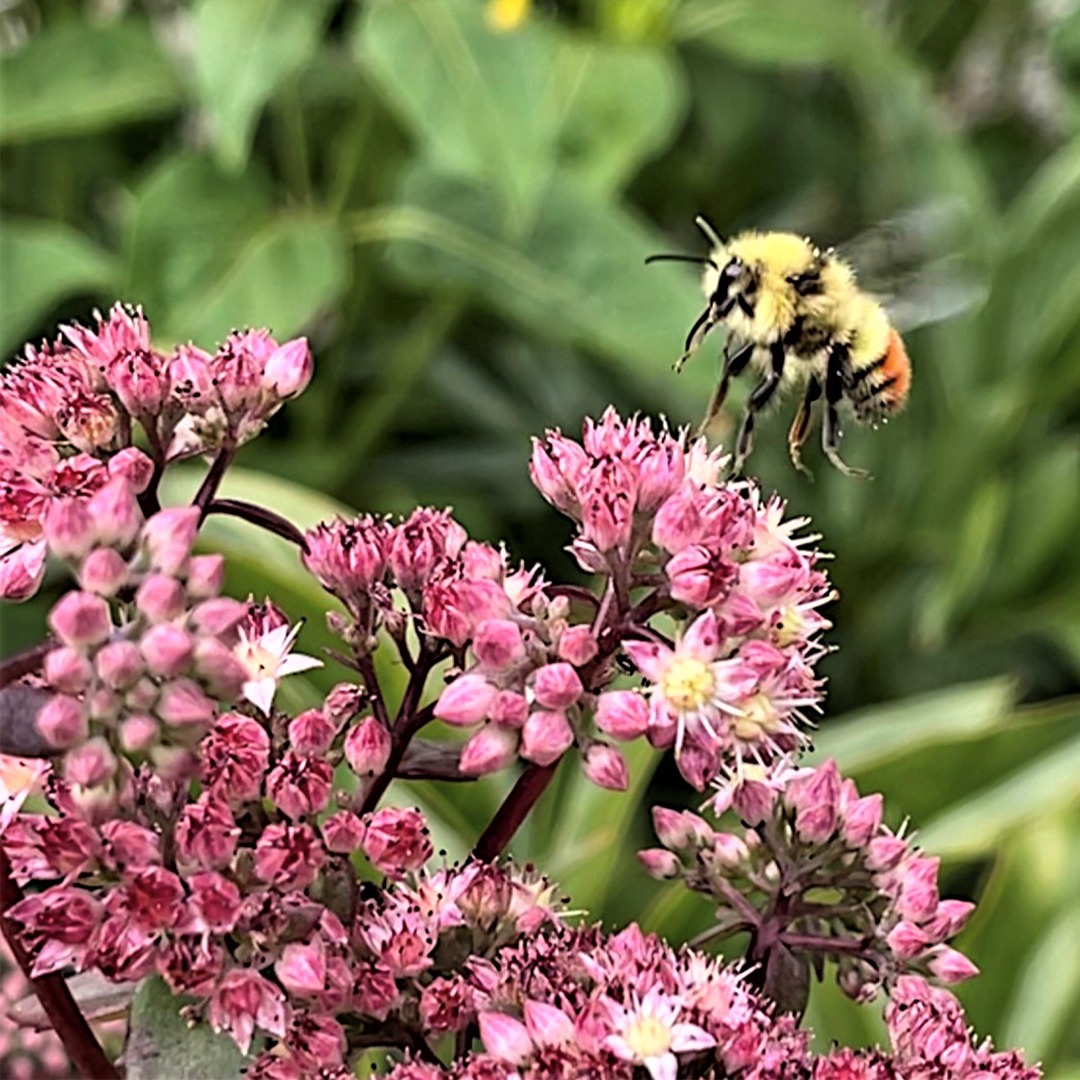
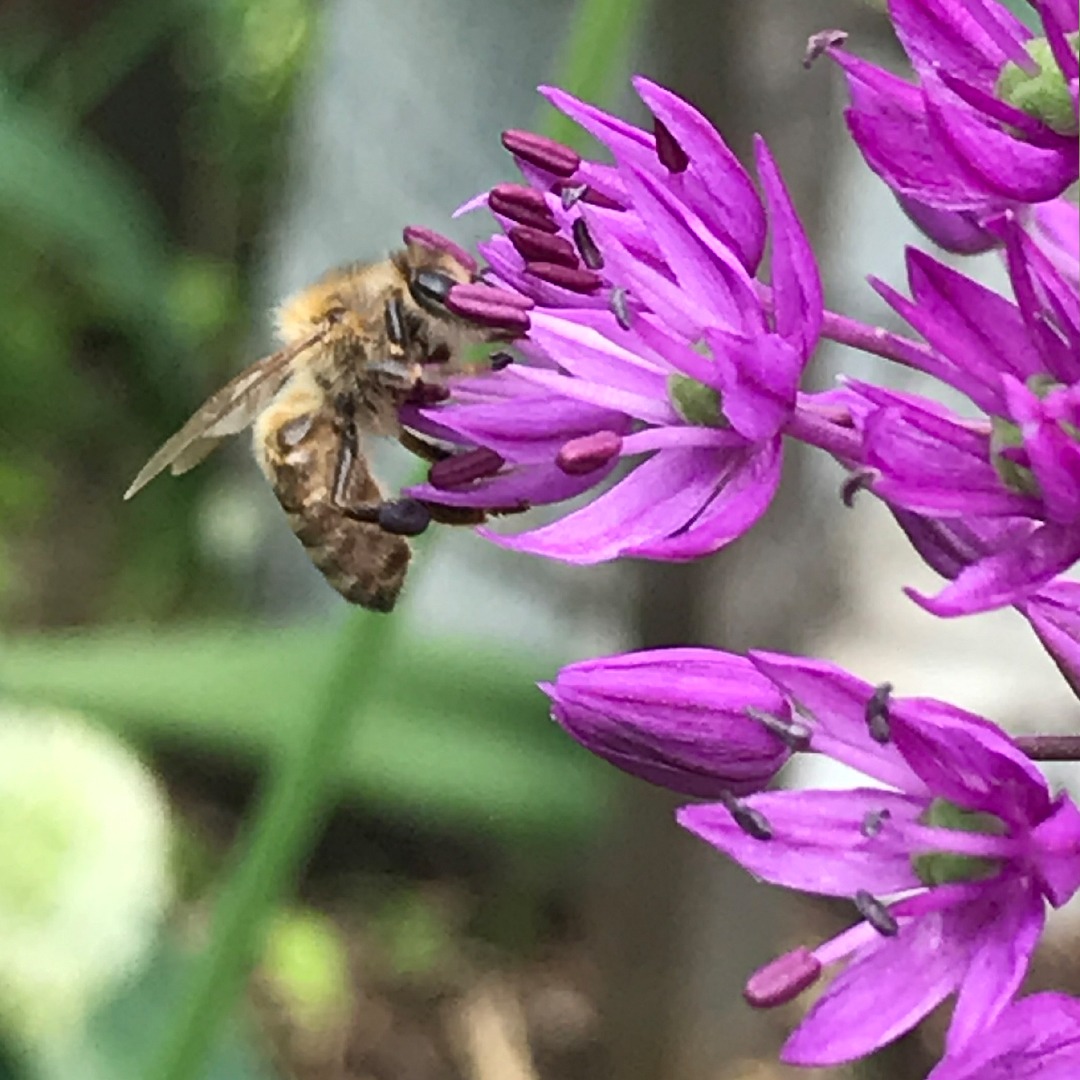
It’s always encouraging to me how we can impact our world to be a healthier and greener place with small adjustments to our garden routines and practices.
We need to ensure that pollinators are able to thrive now, more than ever. Helping pollinators in turn helps us, and we can help pollinators by allowing ourselves time to enjoy an unrushed thaw and giving them the space and time they need to safely come out of hibernation in spring .
©Sharon Wallish Murphy ©Gardening with Sharon








